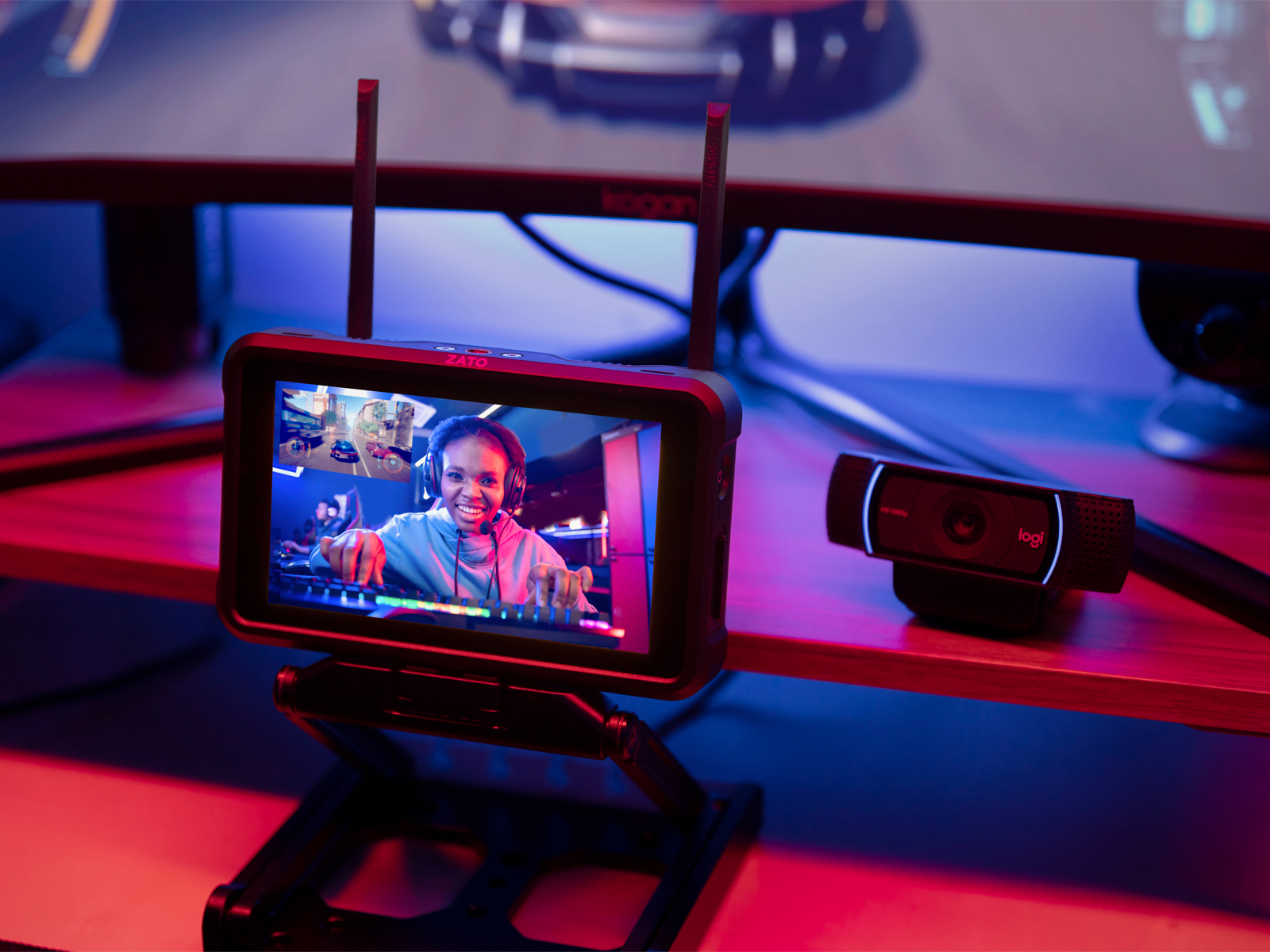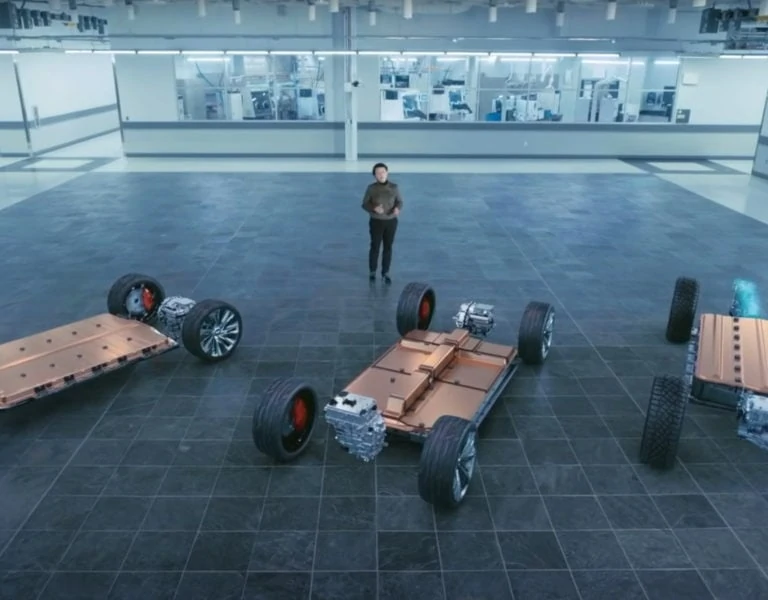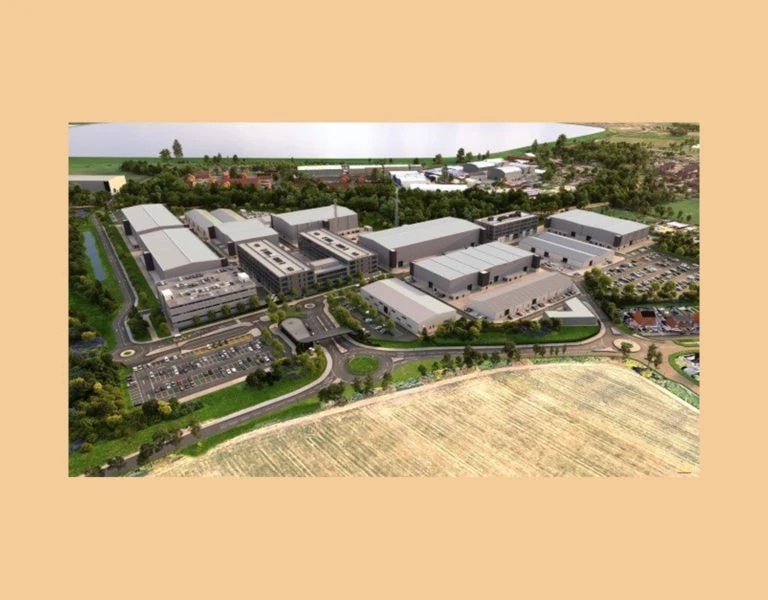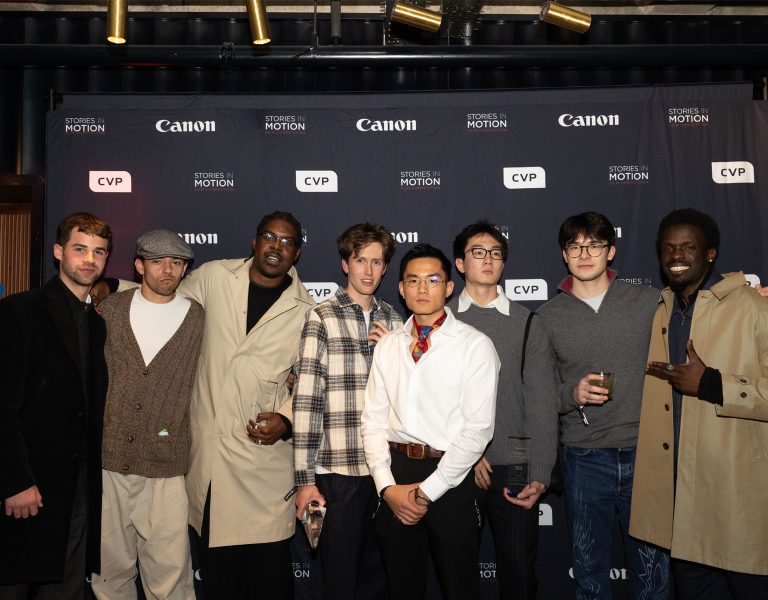
Adobe is unveiling the world’s first cloud-based collaboration solution for shooting content on virtual sets.
Thanks to a new integration between Adobe Camera to Cloud powered by Frame.io, and Mo-Sys, an award-winning manufacturer of virtual production solutions, video professionals can now see their visual effects scenes come to life in Frame.io as they’re being shot on set. By partnering with Mo-Sys, Adobe aims to bring instant collaboration and the speed of virtual production to more filmmakers, taking it beyond the big-budget productions afforded by few.
In addition, Adobe is unveiling new integrations that extend Camera to Cloud to even more cameras, along with new versions of Premiere Pro and After Effects that make it faster and easier for video professionals to collaborate.
“Adobe has been at the forefront of delivering cloud-based video solutions that enable collaboration and dramatically faster creative workflows,” said Scott Belsky, chief product officer and EVP of Creative Cloud. “With Premiere Pro, Frame.io and Camera to Cloud, we’re connecting the entire video creation process from camera capture to final delivery, allowing customers to collaborate in new ways, from anywhere.”
Camera to Cloud, which ignited the transition from disk drive to cloud-based workflows, has fundamentally changed the way video is created and has already been used on over 4,200 productions. With Camera to Cloud, traditional production crews, post-production teams and key stakeholders can now get instant access to footage as soon as it is shot, no matter where they are. This will allow editors to start cutting shows and movies while they are still being shot.
“Camera to Cloud has changed the way we think about dailies and editorial. The immediate review capability and seamless integration into Premiere Pro have improved our process and allowed us to work even faster,” said Alex Regalado, head of post at Duplass Brothers Productions. “For the first time, it feels like indie filmmaking is comparable to big-budget productions, and we can’t imagine a production without it.”
The complexity of virtual production adds time and expense to the process of producing content. Mo-Sys’ NearTime cloud rendering in Unreal Engine allows customers to take advantage of all the benefits of on-set visualisation and high-quality visual effects shots, without the expensive limitations of achieving real-time playback. Mo-Sys seamlessly combines camera footage with virtual content, generates a high fidelity 4K composite and transfers it into a neatly organised Frame.io project, resulting in near-instant access to visual effects content for editorial and review from anywhere in the world.
Built on Frame.io, thousands of customers are currently using Camera to Cloud to securely transfer and store hundreds of thousands of assets in the cloud. Whether it’s for films, TV shows, commercials, corporate videos, live events or social media content, entire teams can now start working together sooner, giving them more time to be creative. New integrations with the Atomos Zato Connect device, Teradek Serv Micro transmitter and Teradek Prism Flex encoder/decoder extend the use of Camera to Cloud to more cameras and production devices than ever before.
New features and workflow refinements to Premiere Pro and After Effects help video pros and social storytellers create compelling content on increasingly tighter timelines including:
Premiere Pro:
- Better Titling tools that give quick access to editing elements and layers, new fill options for adding textures and graphics inside of text, and new export options for sharing text with the rest of the creative team.
- Improved Audio Ducking changes the position of automatically generated fades under dialog making it easier to bring out dialog over music.
- GPU-accelerated Unsharp Mask and Posterise Time Filters save time by offloading work from the CPU to the graphics card.
After Effects:
- New Keyframe Colour Labels lets users quickly find important parts of an animation based on their colour.
- Track Matte Layers (Public Beta) lets users choose any layer as a track matte to simplify compositing.
- Quick Exports with Native H.264 Encoding (Public Beta) uses hardware acceleration to render H.264 files directly from within After Effects.
Attendees at this year’s IBC Show can get a closer look at all newly available features at the Adobe booth (Hall 7, Stand 7.B35) at the RAI Amsterdam September 9-12, 2022. The booth will also feature creative conversations from industry experts and Adobe customers, including VFX supervisor and creative director Peter Eszenyi (Blade Runner 2049, Guardians of the Galaxy, The Martian and The Avengers) and Tom Frenette, lead videographer and editor for the Golden State Warriors.




















